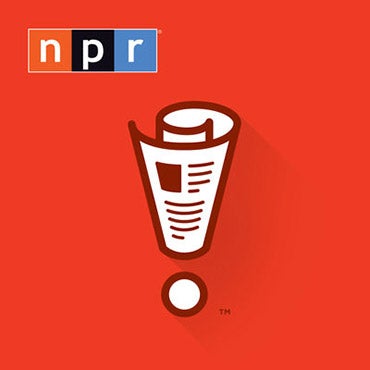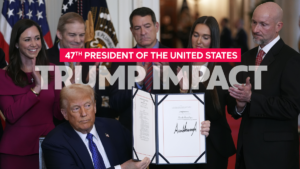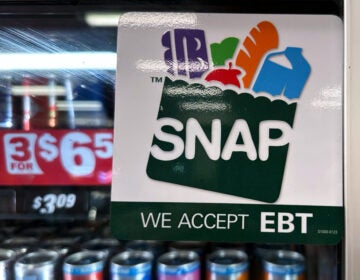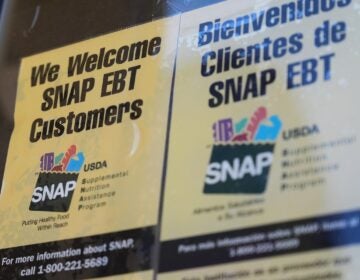SNAP funding freeze: Here’s how to find free food resources in the Philadelphia region — and how to help
Nearly 472,000 Philadelphia residents rely on the federal food assistance program.
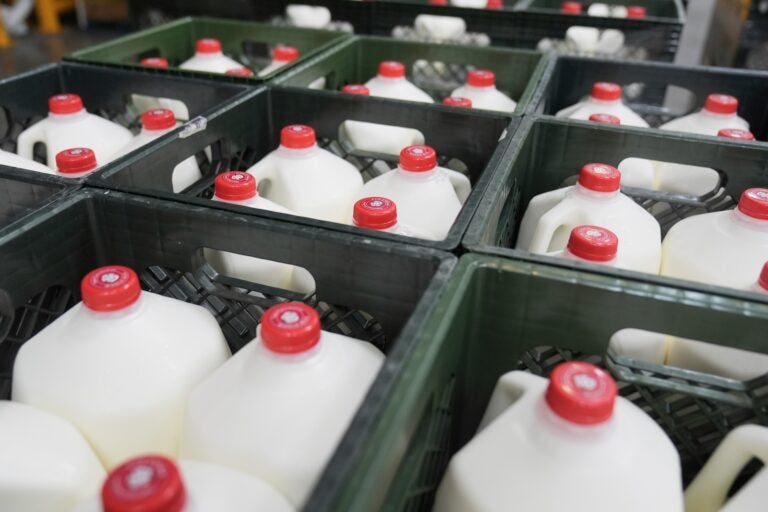
File: Crates of milk are seen at a food bnk warehouse on July 2, 2025. (AP Photo/Jeff Chiu, File)
SNAP funding: Here's what to know
- After a six-week government shutdown and a back-and-forth court battle over SNAP payments, states are working to distribute November benefits to recipients
- Here’s the latest regarding SNAP benefits, how the Philadelphia region has been impacted and how local officials are responding
Pennsylvania is among states scrambling to send full Supplemental Nutrition Assistance Program benefits to millions of recipients in the wake of the federal government shutdown.
Payments had been halted during the six-week shutdown for the first time the program’s inception in 1964.
In Pennsylvania, the SNAP freeze came against the backdrop of the commonwealth’s own budget impasse, which had stalled billions of dollars from going to schools and social services and millions in aid from going to food banks.
Here’s where to find alternative food resources and how to help.
Where can I find alternative free food resources in the Philadelphia region?
A collection of food banks, pantries and related resources can be found by county below:
-
Philadelphia County (search by neighborhood)
-
Bucks County (search by city, borough or township)
-
Chester County (interactive map)
-
Delaware County (search by city, borough or township)
-
Montgomery County (search by city, borough or township)
Other resources
- The Share Food Program offers free food and home delivery for seniors
- Pennsylvanians may use PA Navigate to help find food and other resources
- Local help is also available by calling 211 or visiting PA 211 online
- Philadelphia-based nonprofit Sharing Excess has launched a website mapping free food locations to support people facing food insecurity
- City Councilmember Jamie Gauthier’s office provides free groceries every Thursday starting at noon. West and Southwest Philly residents can call 215-686-0460 for assistance
How can I help Philly-area residents experiencing food insecurity?
A host of state and local organizations — from food banks and pantries to community fridges and grassroots coalitions — are dedicated to fighting food insecurity throughout the Philadelphia region.
Those interested in helping curb food insecurity may donate, volunteer or otherwise partner with any number of related organizations, including the more than 200 that are categorized by county above.
Below is a small handful in the Philadelphia region:

Get daily updates from WHYY News!
WHYY is your source for fact-based, in-depth journalism and information. As a nonprofit organization, we rely on financial support from readers like you. Please give today.
